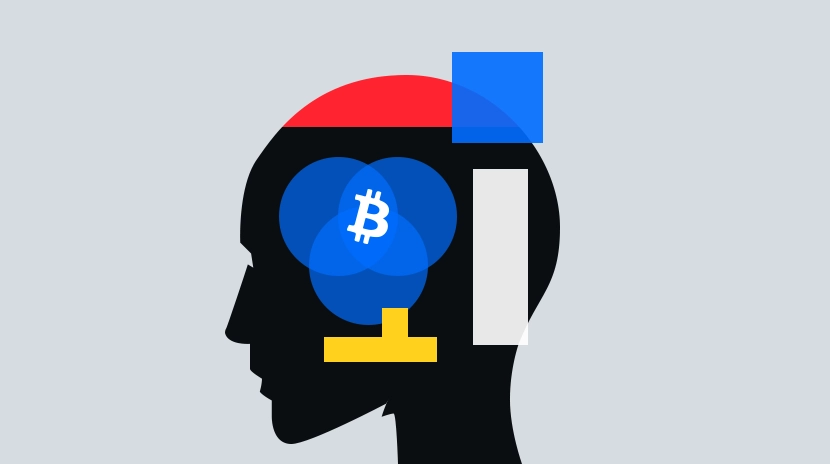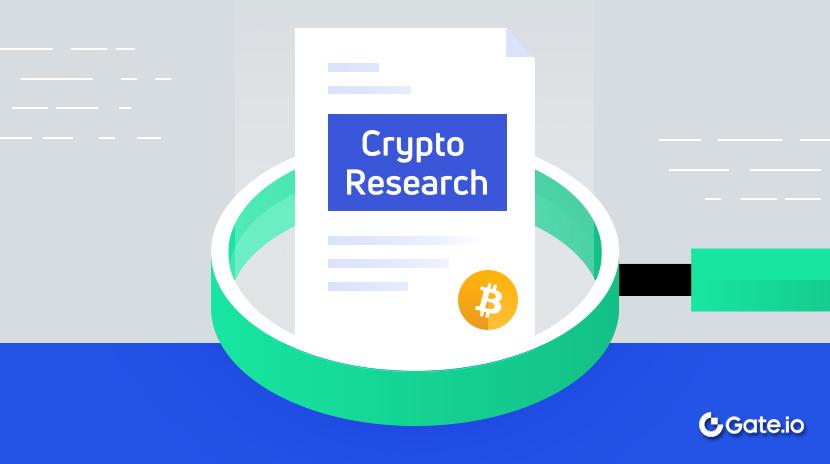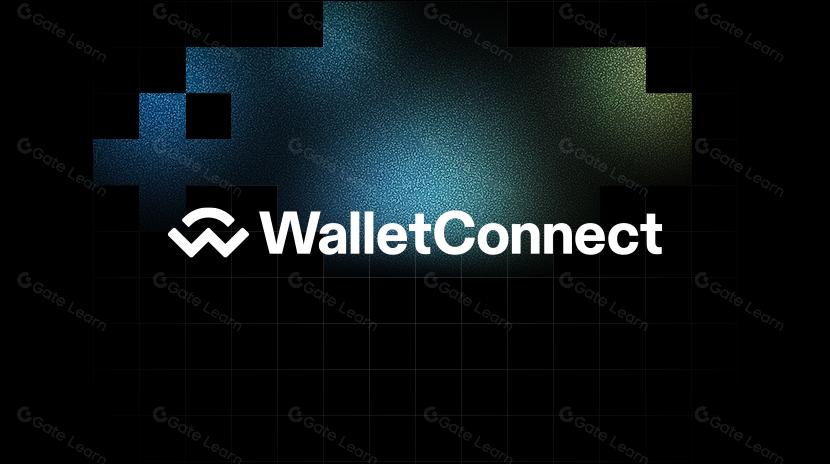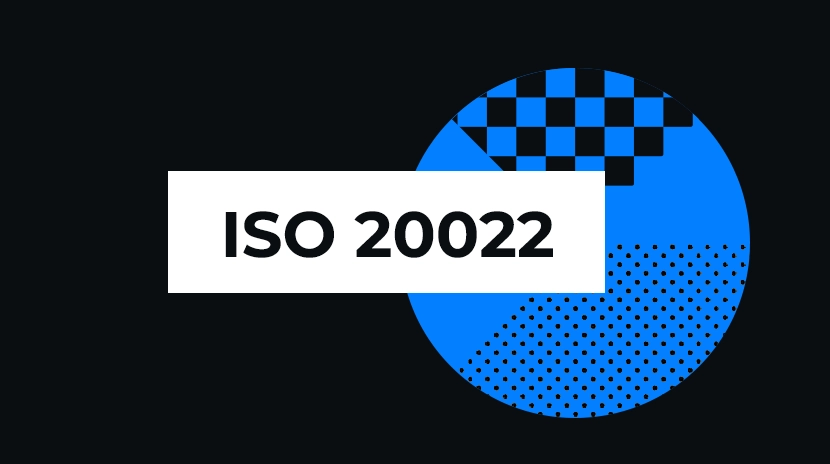Eksplorasi Model Penilaian untuk Aset Kripto
1. Rantai Publik — Hukum Metcalfe
Penjelasan Hukum
Idea inti Hukum Metcalfe: nilai dari sebuah jaringan sebanding dengan kuadrat jumlah simpul.
V = K * N² (di mana: V adalah nilai jaringan, N adalah jumlah node aktif, dan K adalah konstan)
Hukum Metcalfe secara luas diakui dalam meramalkan nilai perusahaan internet. Sebagai contoh, dalam makalah “Penilaian Independen terhadap Facebook dan Perusahaan Jaringan Sosial Terbesar China Tencent” (Zhang dkk., 2015), selama periode sepuluh tahun, valuasi perusahaan-perusahaan ini menunjukkan karakteristik yang konsisten dengan Hukum Metcalfe sehubungan dengan jumlah pengguna mereka.
Contoh Ethereum
Hukum Metcalfe juga berlaku untuk penilaian proyek rantai publik blockchain. Para peneliti Barat menemukan bahwa kapitalisasi pasar Ethereum memiliki hubungan logaritmik-linier dengan pengguna aktif harian, yang sangat sesuai dengan rumus Metcalfe. Namun, nilai jaringan Ethereum proporsional dengan N^1.43, dan konstan K adalah 3000. Rumusnya adalah:
V = 3000 * N^1.43
Menurut statistik, metode penilaian berdasarkan Hukum Metcalfe memperlihatkan beberapa korelasi dengan tren kapitalisasi pasar Ethereum:

Ilustrasi grafik logaritmik:

Analisis Batasan
Hukum Metcalfe memiliki keterbatasan ketika diterapkan pada rantai publik yang sedang berkembang. Pada tahap pengembangan awal dari rantai publik, basis pengguna relatif kecil, sehingga penilaian berdasarkan Hukum Metcalfe kurang sesuai—misalnya, Solana tahap awal, Tron, dll.

Selain itu, Hukum Metcalfe tidak dapat mencerminkan faktor-faktor seperti dampak tingkat staking terhadap harga token, pengaruh jangka panjang dari mekanisme pembakaran biaya gas EIP-1559, atau potensi persaingan berbasis rasio keamanan atas TVS (Total Value Secured) dalam ekosistem rantai publik.
2. Token Platform CEX — Model Pembelian Kembali Keuntungan & Pembakaran
Penjelasan Model
Token platform pertukaran terpusat (CEX) mirip dengan token ekuitas. Nilai mereka terkait dengan pendapatan pertukaran (biaya perdagangan, biaya penulisan, layanan keuangan lainnya), pengembangan ekosistem rantai publik, dan pangsa pasar pertukaran. Token platform umumnya memiliki mekanisme pembelian kembali dan pembakaran, dan juga dapat mencakup mekanisme Bakar Biaya Gas yang mirip dengan yang ditemukan dalam blockchain publik.
Penilaian token platform perlu memperhitungkan pendapatan keseluruhan platform (arus kas masa depan yang didiskon untuk memperkirakan nilai intrinsik), serta mekanisme pembakaran mereka (untuk menilai perubahan dalam kelangkaan). Oleh karena itu, pergerakan harga token platform umumnya terkait dengan tingkat pertumbuhan volume perdagangan pertukaran dan tingkat pengurangan pasokan token. Formula yang disederhanakan untuk model profit buyback & burn adalah:
Laju Pertumbuhan Nilai Token Platform = K × Laju Pertumbuhan Volume Perdagangan × Laju Pembakaran Pasokan (di mana K adalah konstan)
Contoh BNB
BNB adalah contoh klasik dari token platform CEX. Sejak diluncurkan pada tahun 2017, token ini sangat disukai oleh para investor. Utilitas BNB telah melalui dua tahap:
Tahap 1: Pembelian Kembali Keuntungan (2017–2020) — Binance menggunakan 20% dari keuntungan kuartalnya untuk membeli kembali dan membakar BNB.
Tahap 2: Auto-Burn + BEP95 (sejak 2021) — Binance mengadopsi mekanisme Auto-Burn, yang tidak lagi merujuk pada keuntungan tetapi menghitung jumlah BNB yang akan dibakar berdasarkan harga pasar BNB dan jumlah blok yang dihasilkan pada BNB Chain setiap triwulanan. Selain itu, ada mekanisme pembakaran real-time BEP95 (mirip dengan EIP-1559 Ethereum), di mana 10% dari setiap hadiah blok dibakar. Sejauh ini, 2.599.141 BNB telah dibakar melalui BEP95.
Rumus Auto-Burn adalah sebagai berikut:

Di antaranya, N adalah jumlah blok yang diproduksi di Rantai BNB selama kuartal, P adalah harga rata-rata BNB, dan K adalah konstan (awalnya 1000, dapat disesuaikan melalui proposal BEP).
Dengan asumsi bahwa pada tahun 2024, tingkat pertumbuhan volume perdagangan Binance adalah 40%, dan tingkat pembakaran pasokan BNB adalah 3.5%, dengan K diatur menjadi 10, maka:
Laju Pertumbuhan Nilai BNB = 10 × 40% × 3.5% = 14%
Ini berarti bahwa dalam model ini, BNB diperkirakan akan meningkat sebesar 14% pada tahun 2024 dibandingkan dengan 2023.

Sampai saat ini, lebih dari 59,529 juta BNB telah dibakar secara kumulatif sejak 2017, dengan tingkat pembakaran per kuartal rata-rata sebesar 1,12% dari pasokan yang tersisa.
Analisis Batasan
Ketika menerapkan model penilaian ini dalam praktik, penting untuk memantau perubahan pangsa pasar bursa dengan cermat. Sebagai contoh, jika pangsa pasar suatu bursa terus menyusut, harapan profitabilitas masa depannya mungkin menurun meskipun pendapatannya saat ini baik—dengan demikian menurunkan penilaian token platformnya.
Perubahan kebijakan regulasi juga secara signifikan memengaruhi penilaian token platform CEX. Ketidakpastian dalam regulasi dapat menggeser harapan pasar akan nilai token platform.
3. Proyek DeFi — Metode Penilaian Arus Kas Diskonto (DCF) Token
Logika inti penggunaan metode Discounted Cash Flow (DCF) untuk menilai proyek DeFi terletak pada meramalkan arus kas yang dapat dihasilkan oleh token di masa depan, dan mendiskontoinya pada tingkat tertentu untuk memperoleh nilai saat ini.

Di antaranya, FCFₜ adalah Arus Kas Bebas pada tahun t, r adalah tingkat diskonto, n adalah periode perkiraan, TV adalah Nilai Terminal.
Metode penilaian ini menentukan nilai saat ini dari sebuah token berdasarkan pendapatan masa depan yang diharapkan dari protokol DeFi.
Contoh: RAY
Pendapatan Raydium pada tahun 2024 adalah $98.9 juta. Dengan asumsi tingkat pertumbuhan tahunan sebesar 10%, tingkat diskonto 15%, periode proyeksi 5 tahun, tingkat pertumbuhan abadi 3%, dan tingkat konversi FCF sebesar 90%.
Arus kas selama lima tahun ke depan:

Total FCF diskon selama 5 tahun mendatang: $390.3 juta

Nilai Terminal diskon: $611.6 juta

Total valuasi DCF: $1.002 miliar = $390.3juta + $611.6juta
Market cap RAY saat ini adalah $1,16 miliar, yang kira-kira sejalan dengan valuasi yang dihitung. Tentu saja, ini mengasumsikan pertumbuhan tahunan 10% yang stabil selama 5 tahun ke depan. Secara realitas, Raydium mungkin mengalami pertumbuhan negatif di pasar beruang atau pertumbuhan jauh melebihi 10% di pasar banteng.
Analisis Keterbatasan
Ada beberapa tantangan kunci saat menerapkan DCF pada protokol DeFi:
Token governance seringkali tidak langsung merekam pendapatan protokol. Untuk menghindari diklasifikasikan sebagai sekuritas oleh SEC, kebanyakan proyek menghindari pembagian keuntungan langsung. Meskipun ada cara-cara untuk menghindarinya (seperti imbalan staking atau mekanisme pembelian kembali dan pembakaran), banyak protokol kurang memiliki insentif kuat untuk mengembalikan keuntungan kepada token.
Memprediksi aliran kas di masa depan sangatlah sulit. Pendapatan DeFi sangatlah volatile karena siklus naik-turun yang cepat, perilaku pengguna yang berubah, dan persaingan yang intens.
Menentukan tingkat diskon yang tepat adalah kompleks - harus memperhitungkan risiko pasar, risiko proyek, dan lainnya. Perbedaan kecil dalam tingkat dapat sangat memengaruhi penilaian.
Beberapa proyek DeFi menggunakan model profit buyback-and-burn. Mekanisme ini memengaruhi peredaran dan nilai token, dan mungkin membuat model DCF tidak cocok untuk token-token tersebut.
4. Bitcoin — Evaluasi Komprehensif Menggunakan Metode Penilaian Multi-Faktor
Metode Penilaian Biaya Penambangan
Menurut statistik, selama lima tahun terakhir, persentase waktu ketika harga Bitcoin berada di bawah biaya penambangan mesin penambangan utama hanya sekitar 10%. Hal ini sepenuhnya menunjukkan peran penting yang dimainkan biaya penambangan dalam mendukung harga Bitcoin.
Oleh karena itu, biaya penambangan Bitcoin dapat dianggap sebagai lantai harga. Bitcoin hanya sesekali diperdagangkan di bawah biaya penambangan dari rig penambangan utama, dan secara historis, momen-momen ini telah mewakili peluang investasi yang sangat baik.
Model Pengganti Emas
Bitcoin sering dianggap sebagai "emas digital," mampu sebagian menggantikan peran emas sebagai penyimpan nilai. Saat ini, kapitalisasi pasar Bitcoin menyumbang 7,3% dari nilai pasar emas. Jika rasio ini naik menjadi 10%, 15%, 33%, dan 100%, harga Bitcoin yang sesuai akan mencapai $92.523, $138.784, $305.325, dan $925.226 secara berturut-turut. Model ini memberikan perspektif valuasi tingkat makro untuk Bitcoin berdasarkan perbandingannya dengan emas dalam hal atribut penyimpan nilai.
Namun, Bitcoin dan emas berbeda secara signifikan dalam hal sifat fisik, persepsi pasar, dan penggunaan. Emas telah diakui selama ribuan tahun sebagai aset tempat perlindungan global, dengan aplikasi industri yang luas dan dukungan yang konkret. Bitcoin, di sisi lain, adalah aset digital berbasis blockchain, dan nilainya lebih berasal dari konsensus pasar dan inovasi teknologi. Oleh karena itu, ketika menerapkan model ini, seseorang harus mempertimbangkan dengan hati-hati bagaimana perbedaan ini dapat memengaruhi nilai sebenarnya Bitcoin.
Kesimpulan
Artikel ini bertujuan untuk membela pengembangan model penilaian untuk proyek Kripto, guna mendorong pertumbuhan stabil proyek bernilai dalam industri dan menarik lebih banyak investor institusi untuk mengalokasikan aset ke kripto.
Terutama selama pasar beruang, ketika air surut dan hanya yang terkuat yang bertahan, kita harus menggunakan standar yang paling ketat dan logika yang paling sederhana untuk mengidentifikasi proyek-proyek dengan nilai jangka panjang. Dengan model penilaian yang tepat, kita dapat menemukan 'Google' atau 'Apple' dunia Kripto—sama seperti beberapa orang yang melakukannya selama kejatuhan dot-com pada tahun 2000 ketika mereka melihat kedua raksasa tersebut dari awal.
Penafian:
Artikel ini dicetak ulang dari [IOBC Capital], dengan hak cipta milik penulis asli [IOBC Capital]. Jika ada keberatan terhadap pencetakan ulang, harap hubungiGate Belajartim, yang akan menangani masalah tersebut sesuai dengan prosedur yang relevan.
Penafian: Pandangan dan pendapat yang terdapat dalam artikel ini hanya mewakili pandangan pribadi penulis dan tidak merupakan saran investasi apa pun.
Versi bahasa lain dari artikel ini telah diterjemahkan oleh tim Gate Learn. Tanpa menyebutkan secara eksplisitGate.com, dilarang menyalin, mendistribusikan, atau menjiplak konten yang telah diterjemahkan.
Artikel Terkait

Apa itu Bubblemaps?

Ulasan tentang Sepuluh Bot Meme Teratas

5 Alat Riset Kripto Teratas Yang Harus Anda Ketahui Meminimalkan Keterlibatan Risiko dan Kerugian Perdagangan | Gerbang.io

Apa itu Jaringan Wallet Connect? Semua yang Perlu Anda Ketahui Tentang WCT

Apa itu ISO 20022?


